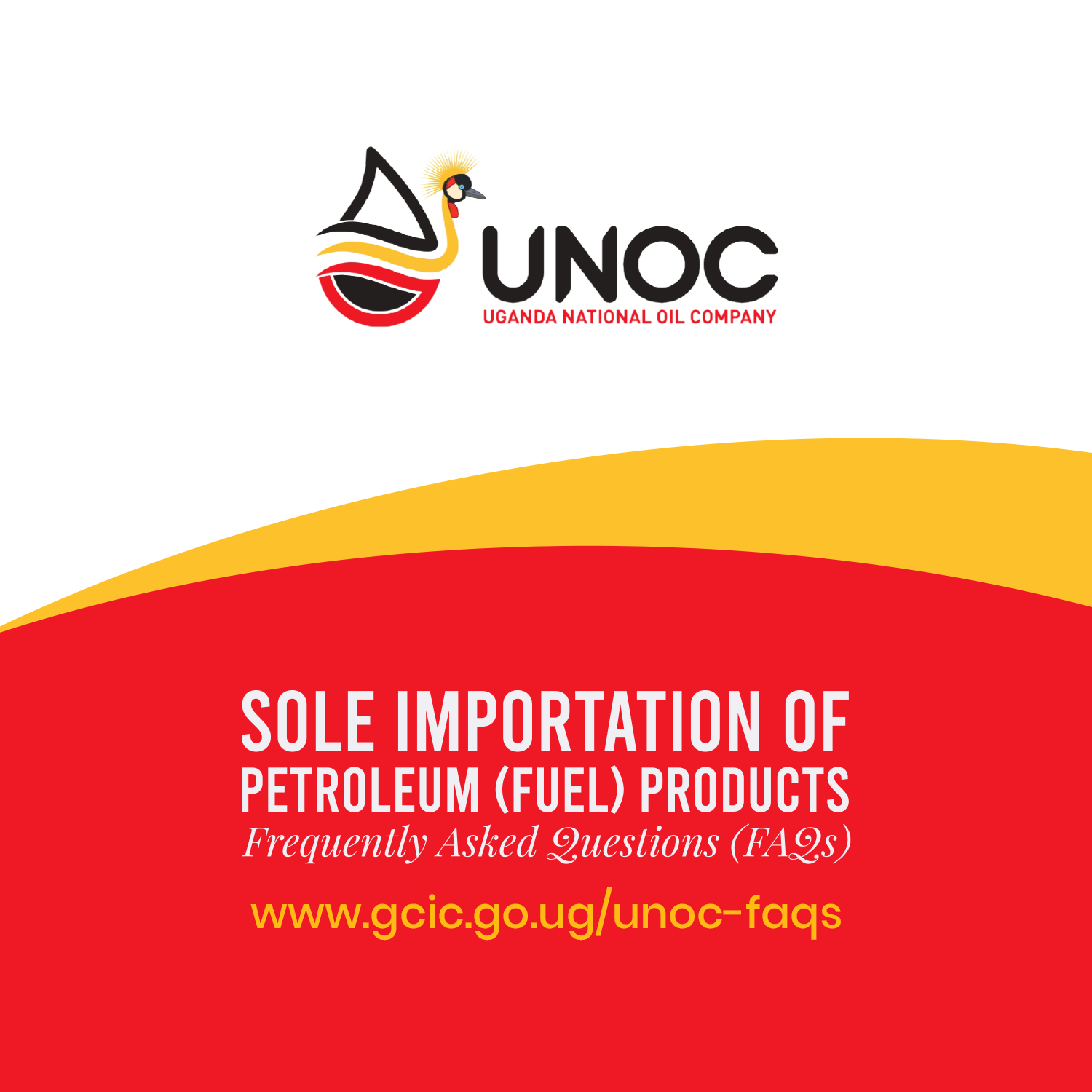Uganda’s ambition to emerge as a key player in the global oil and gas industry is fast becoming a reality, with significant progress reported across its flagship projects. The Minister of Energy and Mineral Development, Hon. Dr. Ruth Nankabirwa Ssentamu, today provided a comprehensive update on the sector’s development, highlighting the remarkable strides being made in both upstream and midstream operations. With investments surpassing USD $20 billion, the sector is set to become a major force in Uganda’s economic growth.
In her address, Dr Nankabirwa highlighted that Uganda’s journey towards commercial oil production has been accelerated by the commitment of joint venture partners, including TotalEnergies E&P Uganda, China National Offshore Oil Company (CNOOC) Uganda Ltd, and Uganda National Oil Company (UNOC).
These partners made a landmark Final Investment Decision (FID) in 2022, paving way for the launch of key projects such as the Tilenga and Kingfisher Oilfields, the East African Crude Oil Pipeline (EACOP), and the Uganda Refinery. Together, these projects are expected to transform Uganda’s oil and gas landscape, creating jobs, boosting infrastructure, and generating revenue for national development.
The Tilenga and Kingfisher projects, both situated in the Albertine Graben, represent the country’s most significant upstream undertakings. According to Dr Nankabirwa, the Tilenga project is progressing steadily, with 63 of the planned 426 wells already drilled. The project spans both the northern and southern banks of the Nile, covering Nwoya and Buliisa districts.
The drilling operations, which have so far focused on six well pads, have been successful in striking hydrocarbons in the targeted reservoirs. Work on the Central Processing Facility (CPF) is advancing, with nearly half of the construction complete. The facility, once operational, will play a crucial role in processing the crude oil extracted from the wells.
The Kingfisher Development Area, located in Kikuube District and operated by CNOOC Uganda Ltd, is also making substantial headway. Drilling operations, which commenced in January 2023, have already resulted in the successful completion of nine wells, with just two more required to achieve First Oil. The project is expected to produce up to 40,000 barrels of oil per day upon completion. Supporting infrastructure, including the construction of infield roads, well pads, and a Central Processing Facility, is also well underway, with some elements of the project nearing 92% completion.
Land acquisition has been a critical component of both the Tilenga and Kingfisher projects, given the scale of the operations and the number of people affected. Dr Nankabirwa was pleased to report that 99.7% of the land needed for the Tilenga project has been acquired, with nearly all project-affected persons having received compensation. Similarly, the Kingfisher project has secured approximately 1,020 acres of land, with compensation and resettlement programmes largely completed.
Beyond the upstream sector, Uganda is making significant strides in midstream development. The EACOP, which will transport oil from Uganda to the Tanzanian coast for export, is a central pillar of the country’s oil strategy. The pipeline, which spans 1,443 kilometres, is the longest heated pipeline in the world and represents an investment of over USD $5 billion. According to Dr. Nankabirwa, the pipeline’s construction is progressing well, with 95% of affected persons having received compensation, while resettlement houses have been constructed and handed over to the remaining displaced individuals. The pipeline is expected to facilitate Uganda’s access to global oil markets, with first oil anticipated in 2025.
In tandem with EACOP, the Uganda Refinery project is another key undertaking in the country’s oil sector. The refinery is expected to have a capacity of 60,000 barrels per day and will serve both domestic and regional markets. Negotiations are ongoing between the government and Alpha MBM Investments LLC, the UAE-based consortium tasked with developing the refinery. Dr. Nankabirwa expressed optimism that these discussions would soon yield a Final Investment Decision, allowing the project to move into its implementation phase.
Local content remains a top priority for the government, with the aim of ensuring that Ugandan companies and workers benefit from the oil and gas boom. Dr. Nankabirwa revealed that of the USD $7.2 billion in contracts awarded so far for the Tilenga, Kingfisher, and EACOP projects, 41% have been awarded to Ugandan companies.
“The sector has directly employed over 14,000 people, with 90% being Ugandans, many of whom are engineers, technicians, and other skilled professionals, significantly contributing to the development of Uganda’s oil and gas industry,” said Hon. Ruth Nankabirwa.
Dr Nankabirwa also provided updates on downstream activities, particularly in relation to Uganda National Oil Company’s (UNOC) role as the sole importer and supplier of petroleum products. The Minister reported that agreements have been signed with various international partners to ensure a steady supply of fuel to Uganda, helping to stabilise prices and improve security of supply.
In her concluding remarks, Dr Nankabirwa emphasised that the development of Uganda’s oil and gas resources will be a game-changer for the country. She highlighted the government’s ongoing efforts to balance economic growth with environmental conservation and social development, ensuring that the sector benefits all Ugandans. With first oil expected in 2025, Uganda is on the cusp of a new era of prosperity driven by its rich oil and gas resources.





